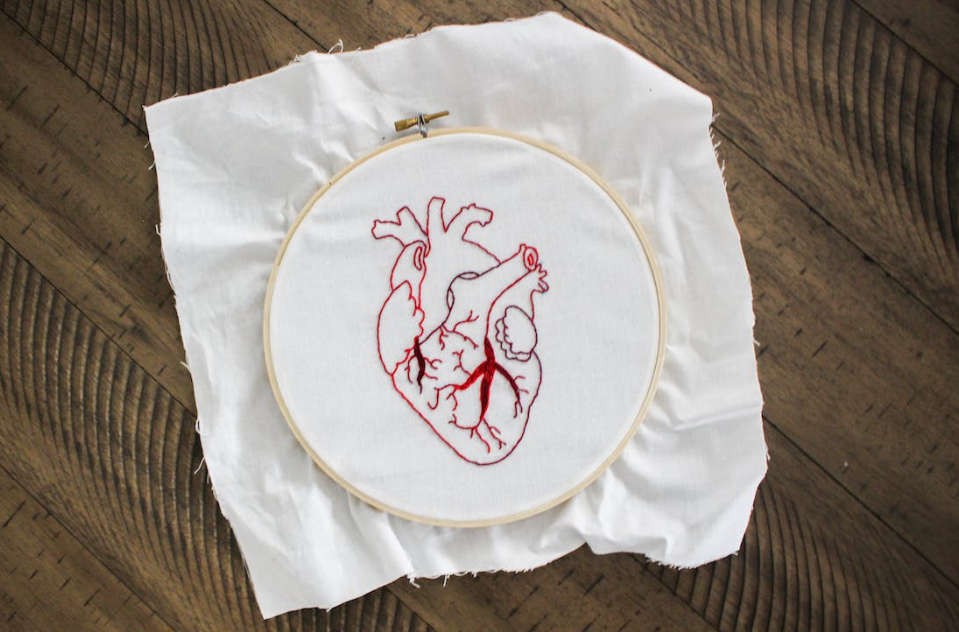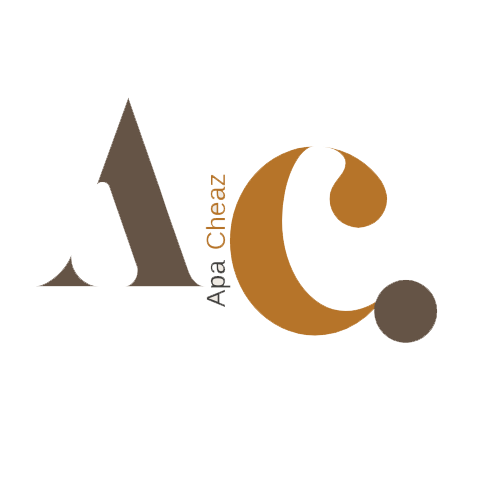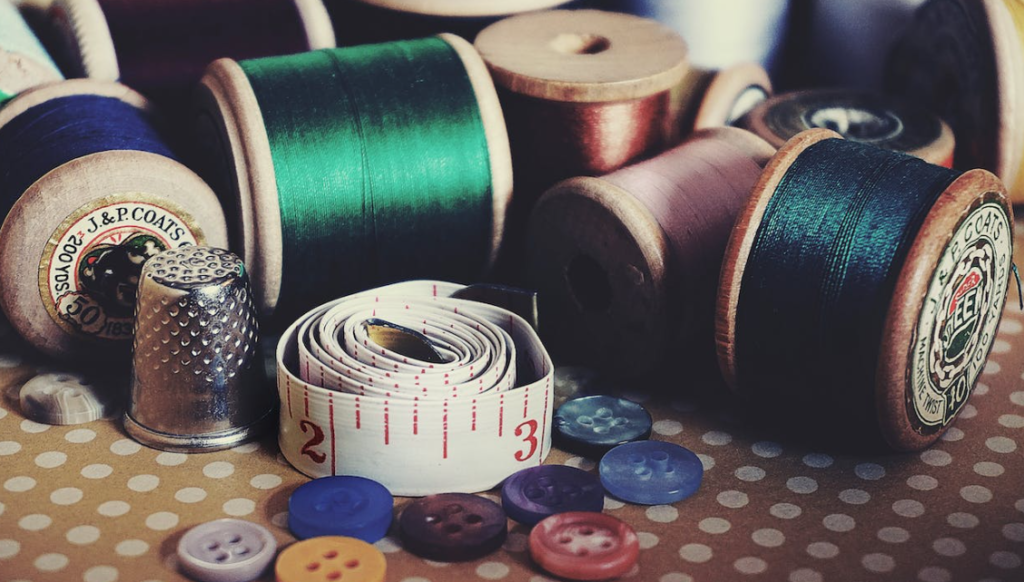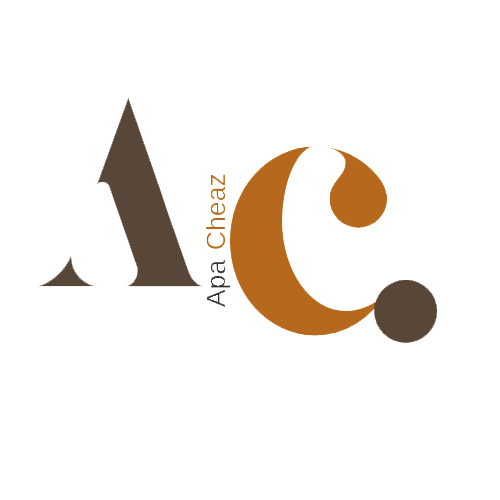Embroidery is the art of stitching designs into fabric using a needle and thread. It is a popular craft to decorate clothing, home furnishings, and much more. Many different types of embroidery thread are available, each with unique properties and use.
In this article, we will take a look at the different types of embroidery thread and their purposes. We will also explore the different techniques used to create different effects.
-
Silk Threads:
Silk threads are made from silk fibres, which are obtained from silkworms. They are soft and smooth in texture, which makes them ideal for creating fine details on your project. They come in a range of colours, from white to black, so there’s something for everyone.
-
Pearl Cotton Threads:
Pearl cotton is a type of thread made from 100% cotton fibres. It comes in different colours and sizes and is used for all embroidery machines in projects. The main benefit of pearl cotton is that it has a very high tensile strength which makes it great for difficult stitches like coughing or pulled stitches where tension may cause damage to other types of thread.

-
Rayon Threads:
Rayon threads are made from regenerated cellulose fibres (i.e., rayon yarn). These threads are very soft and smooth with a silky sheen or lustre. Rayon threads are available in many colours, including metallics, pastels, solids, variegated colours, etc., making them perfect for any project or application.
-
Metallic Threads:
Metallic threads are made from metal or plastic filaments or strands that reflect light in interesting ways when they catch light or move around with your movements. This makes them perfect for adding accents to clothing or accessories like scarves and hats. They come in many colours, so you can choose one that matches your project best.
-
Floss or Stranded Cotton:
Cotton embroidery floss comes in skeins or balls. It is made up of six strands twisted together into one strand. Each strand is made up of two plies twisted together into one ply. The number of plies determines how tightly the cotton will be twisted together when made into a skein or ball.
Conclusion:
When different types of threads are used together, the results can be quite striking. Consider looking at your favourite garments and see if you can spot where different types of thread have been used to form patterns, especially around the edges of clothing. This will give you a good idea of how these different embroidery threads are used to make more attractive designs.


